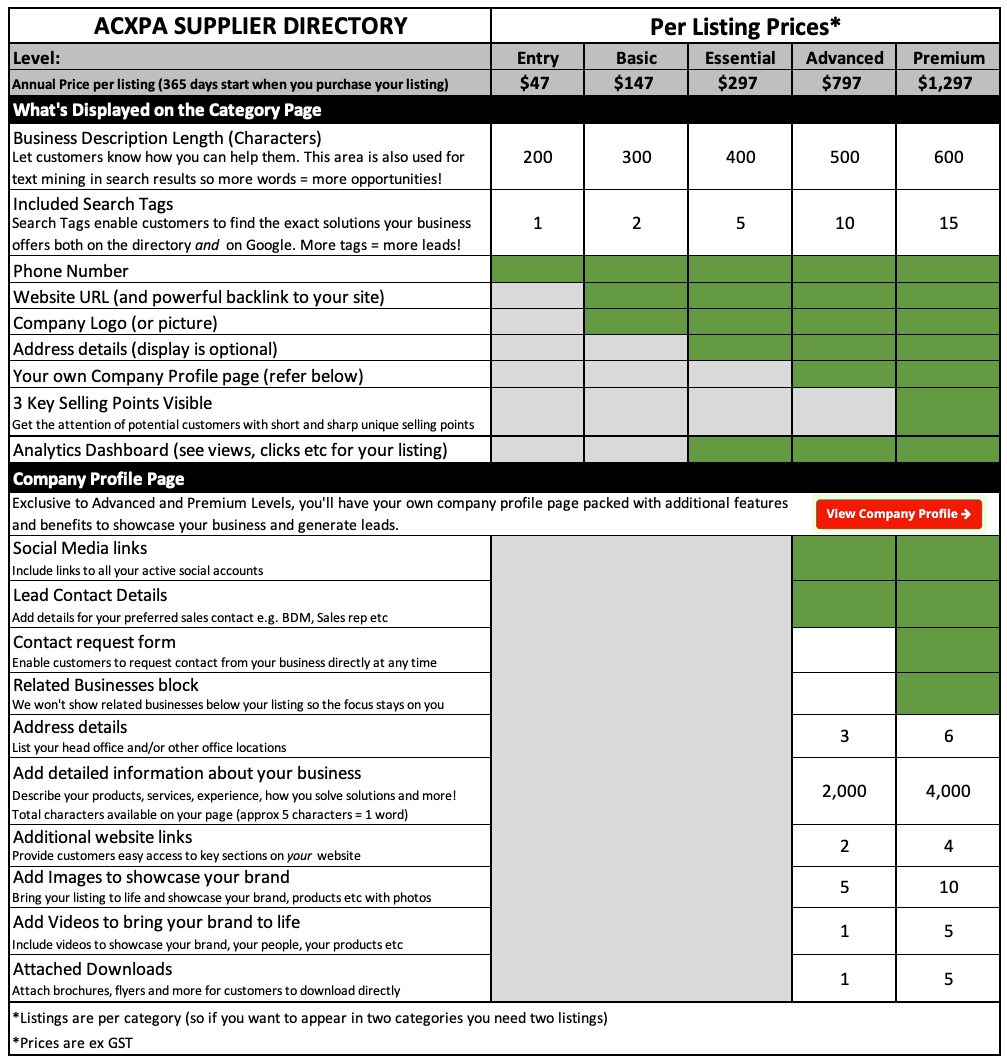Customer Benchmarking Companies in Australia
There is increasing pressure on businesses to ensure that they provide an exceptional level of customer service.
In fact, recent CX statistics are crystal clear on why it matters:
- 86% of buyers are willing to pay more for a great customer experience
- 73% of buyers point to customer experience as an important factor in purchasing decisions
- 65% of buyers find a positive experience with a brand to be more influential than great advertising
- 84% of organisations working to improve CX report an increase in revenue.
Customer benchmarking involves comparing your company's performance, processes, and practices against industry standards or competitors to identify areas for improvement and best practices.
What channels are suitable for customer benchmarking?
As customer benchmarking is essentially simulating a real customer experience, any of your existing channels that customers use are suitable, including:
- Phone
- Live Chat
- SMS
- Digital/Online
Customer Benchmarking Metrics
There is a large range of metrics that can be used to benchmark performance, with different metrics depending on the customer channel and the objective you are trying to benchmark.
Examples of customer benchmarking metrics include:
1. Customer Satisfaction and Experience
- Net Promoter Score (NPS): Measures customer loyalty and their likelihood to recommend your company.
- Customer Satisfaction (CSAT) Score: Evaluates overall customer satisfaction with your products, services, or interactions.
- Customer Effort Score (CES): Assesses how easy it is for customers to get their issues resolved or complete transactions.
2. Operational Efficiency
- Average Handle Time (AHT): The average duration of a customer interaction, including talk and hold time.
- First Call Resolution (FCR): The percentage of customer issues resolved on the first call or contact.
- Service Level: The percentage of calls answered within a specific timeframe, such as 80% of calls answered within 20 seconds.
- Abandonment Rate: The percentage of customers who hang up or leave before their issue is resolved.
3. Quality and Performance
- Quality Assurance (QA) Scores: Evaluations of customer service interactions based on predefined quality standards.
- Error Rates: The frequency of mistakes in order processing, billing, or other customer interactions.
- Call Compliance: Adherence to regulatory and compliance standards during customer interactions.
4. Financial Metrics
- Cost Per Call/Contact: The average cost incurred for handling each customer interaction.
- Revenue Per Call/Contact: The average revenue generated from each customer interaction.
- Customer Lifetime Value (CLV): The total revenue expected from a customer over their relationship with your company.
5. Customer Retention and Loyalty
- Churn Rate: The percentage of customers who stop using your products or services over a given period.
- Retention Rate: The percentage of customers who continue to use your products or services over a given period.
- Repeat Purchase Rate: The percentage of customers who make multiple purchases over time.
6. Employee Performance and Engagement
- Agent Utilisation: The percentage of time customer service agents spend actively engaged in customer interactions.
- Employee Satisfaction and Engagement Scores: Metrics that gauge the morale and engagement of customer service staff.
- Training and Development Metrics: The effectiveness and frequency of training programs for customer service agents.
7. Customer Feedback and Insights
- Feedback Scores: Quantitative scores from customer feedback surveys.
- Sentiment Analysis: Analysis of customer sentiment from feedback, social media, and other sources.
- Complaint and Resolution Metrics: The number and nature of customer complaints and the effectiveness of resolution efforts.
8. Digital and Self-Service Metrics
- Website and App Usability: Metrics related to the ease of use and functionality of digital platforms.
- Self-Service Utilisation: The percentage of customers using self-service options such as FAQs, chatbots, and knowledge bases.
- Digital Interaction Metrics: Engagement and satisfaction scores for digital customer service channels, including email, chat, and social media.
Designing and executing a Customer Benchmarking program is a highly specialised are and the suppliers below are all experts in the field.
Available Customer Benchmarking in Australia
A lot of customer benchmarking in Australia is conducted privately, meaning only the company that engages the customer benchmarking company will see the results.
However, we do have some publicly available data as well as exclusive industry benchmarking data for ACXPA Members:
We also provide Benchmarking services for Contact Centres (provided by the Australian Customer Experience Professionals Association - ACXPA)
Search Customer Benchmarking Companies
Contact the customer benchmarking companies in Australia below directly, or use the filters to find suppliers of other customer insight services.
